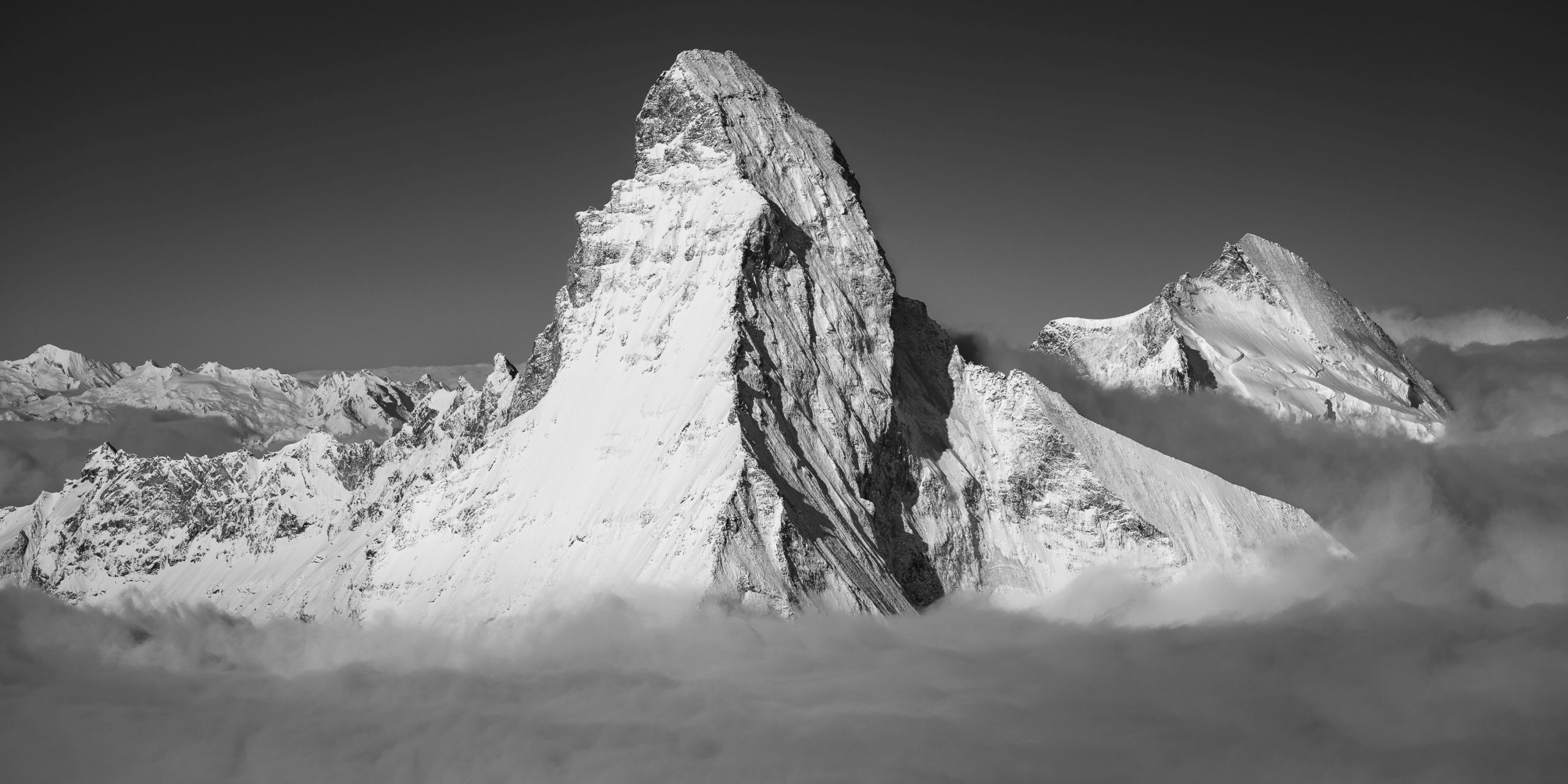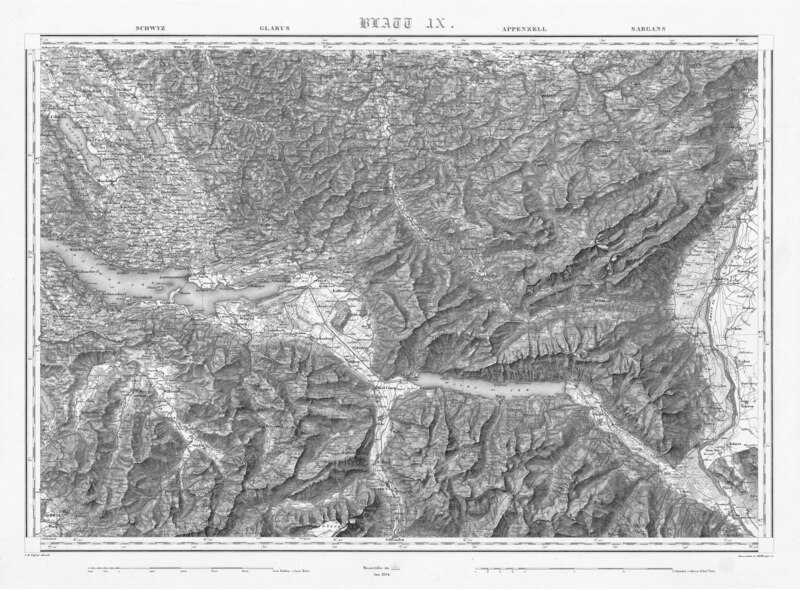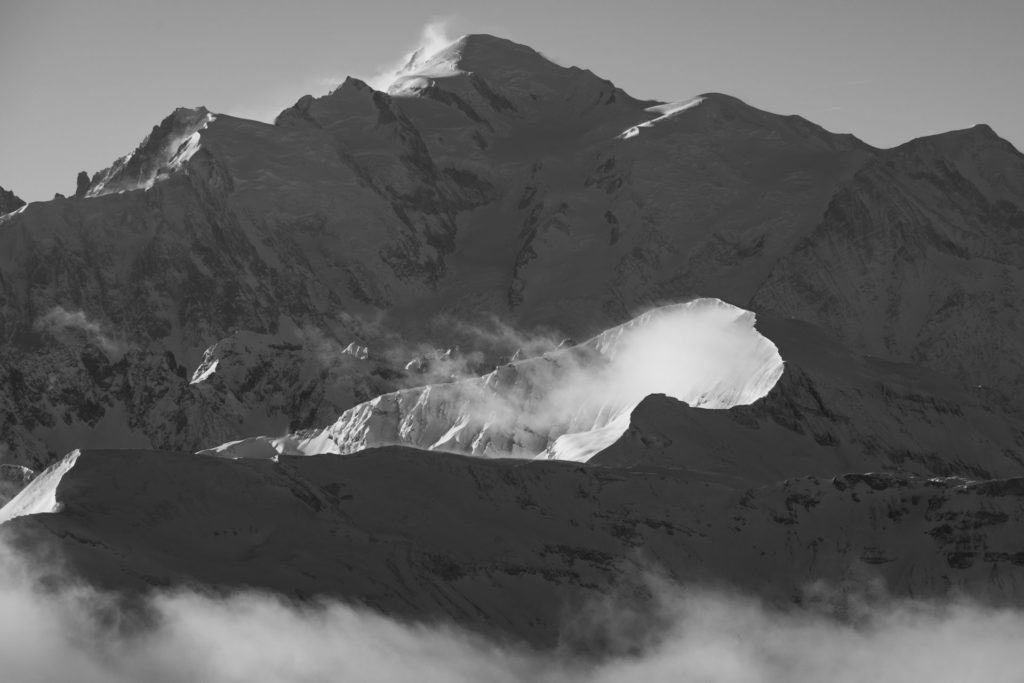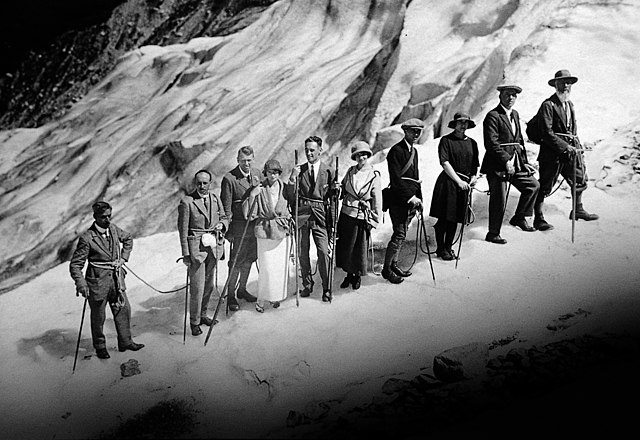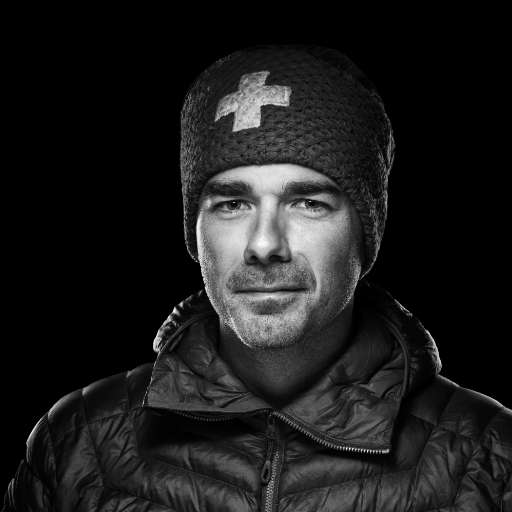Bold and determined, Edward Whymper measured his success against his achievements. The career of this legendary mountaineer is engraved in stone like the tragic outcome of his victory on the Matterhorn. An explorer of the heights, he gave his name to the routes he inaugurated. In love with the mountains, he never stopped trying to conquer them. Like a challenge to the laws of nature, like a visceral need to step into the light. Portrait of an adventurer at the summit of the Alps, Edward Whymper, conqueror of the Matterhorn and unforgettable mountaineer.

Edward Whymper | London illustrator discovers the Alps
The son of Josiah Wood and Elisabeth Claridge, Edward Whymper was born in London on April 27, 1840. The second of eleven siblings, he nevertheless thrived in solitude. With his insatiable curiosity and sharp mind, young Edward observed the world, analyzing and questioning. As the years go by, his ambition grows. He dreams of adventure and daring challenges. On his 15th birthday, he wrote in his diary: "Have resolved to get up earlier, as this is one of the best ways to achieve success." These words would resonate far beyond his childhood, as the harbinger of his conquest of the world's highest summits . Like a thirst for victory, an appetite for triumph.
But for the time being, he had to follow in the footsteps of his father, a wood engraver and watercolorist. At the age of 14, despite his keen interest in science and nature, he became an apprentice in the family workshop. A talented draughtsman and skilled engraver, his life took a new turn in 1860, when the famous London publisher Thomas Longman asked him to illustrate the Alpine Club's literary series, Peaks, Passes and Glaciers. Edward Whymper's destiny was on the move. On July 23, 1860, he left England for Switzerland. It was then that he discovered the Alps. The splendor of the mountains and the brilliance of their glaciers. The dangers of these dizzying peaks. From Zermatt to Chamonix, he tamed the Alps to draw them better. From dawn to dusk, he nourishes his sketchbooks with the beauty of the landscapes he strides through with a lively step and an enthusiastic eye. A six-week journey to the heart of a new world that inspires and overwhelms him.
Edward Whymper | Birth of a mountaineer at summit of the Alps
Buoyed by the vivid memory of this crossing, the following year Edward Whymper felt an irrepressible urge to return to the Alps. Whereas the Matterhorn hadn't moved him any more than any other mountain on his first trip, this time he seemed to give in to its charms. Not for its grandeur or the elegance of its features, but for the virginity of this inaccessible summit. To be the first to climb this indomitable pyramid: the challenge seems equal to his extreme ambition. But the time has not yet come for him to reach for the stars. The British illustrator has yet to prove himself on a steep rock face with insidious cracks.
In 1861, Edward Whymper took his first steps as a mountaineer at summit on Mont Pelvoux. From the heights of Ecrins massif, he planned his first exploit. On June 25, 1864, he made the first ascent of the Barre des Écrins, alongside his guide Michel Croz and English mountaineers Adolphus W. Moore and Horace Walker. One victory followed another, and his explorations took him to the granitic lands of the Mont Blanc massif. On June 24, 1865, while studying the best way to approach the Aiguille Verte, he and Michel Croz, Christian Almer and Franz Biner made the first ascent of Grandes Jorasses via the Whymper point. He then abandoned Pointe Walker, the mountain's unbeaten highest point, which was nonetheless within his grasp. A few days later, on June 29 1865, he made the first ascent of the Aiguille Verte via the Whymper couloir, again accompanied by Christian Almer and Franz Biner.
Faced with Michel Croz's absence from this adventure, the Chamonix people are containing their anger and indignation. How can this English illustrator, a neophyte mountaineer, claim such feats? Insane arrogance or outrageous intent, the offense is intolerable. The response was swift: six days later, on July 5, 1865, Michel Croz and his team made the second ascent of the Aiguille Verte, opening up a new route to the mountain via the arête du Moine.
Mountaineer Edward Whymper | Conqueror of the Matterhorn

Edward Whymper has the soul of a conqueror, not that of an artist. No matter how beautiful the route, no matter how difficult, the only thing that resonates with him is his obsession with summits. He has but one objective: to be the first to reach the thorniest and most coveted virgin peaks. For him, efficiency takes precedence over elegance, and feats of strength are only worthwhile if they lead to success. As he acclimatizes to the most dizzying altitudes, as he becomes accustomed to the demands of the rock and the rigors of the winds, he nurtures a far more spectacular goal. That of conquering the coveted king, lord of the Valais, invincible giant. To be the first to reach summit the Matterhorn and, under the rapt eyes of the most famous mountaineers, to exult in having conquered the Alps and their legendary mountain. After several unsuccessful attempts on the Italian side, he decided to approach the Matterhorn from the Valais side. Now convinced that the vertiginous impression it gives of Zermatt is only a deceptive appearance.
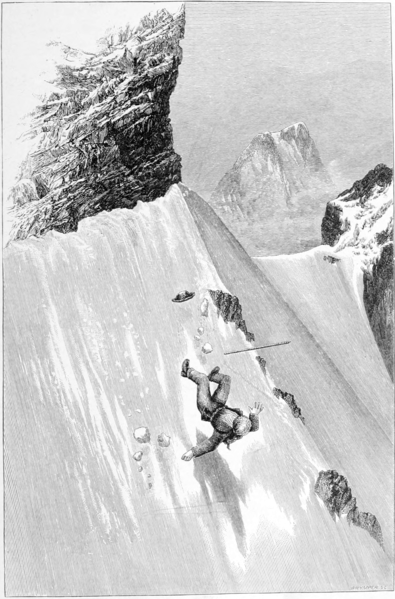
Accompanied by Francis Douglas, the Taugwalder fathers and sons, Charles Hudson, Douglas Hadow and Michel Croz, he set off on the Hörnli ridge. And on July 14, 1865, Edward Whymper made history with his first ascent of the Matterhorn. The last bastion of the Alps, invulnerable and pure, the last bastion of wilderness at the edge of the clouds and the celestial dawn. He thus inaugurates the normal route up the Matterhorn. But the feat turned tragic when, on the way down, Douglas Hadow fell, taking several members of his party with him. Under the weight of the climbers, the rope connecting them suddenly snapped. Four members of the team perished in the accident. Among them was Chamonix guide Michel Croz. Edward Whymper and the Taugwalders were the only survivors of this fatal expedition.
Forever marked by the horror of this tragedy, the conqueror of the Matterhorn left first ascents to others and turned his back on the Alps for a time. In 1871, Edward Whymper published Scrambles Amongst the Alps in the Years 1860 - 1869, illustrated with engravings by Whymper himself. From his account, one sentence resonates more than others: "Climb if you will, but never forget that courage and strength are nothing without caution, and that a single moment's carelessness can destroy a lifetime of happiness." For you should know that every night until his death, a single dream haunts him: the inexorable fall of his fellow climbers, their helpless hands clinging to the void, the unbearable echo of their frightened cries.
Edward Whymper beyond the Alps | From Greenland to the mountains of Ecuador
Edward Whymper's gaze then turned to other continents. In 1867, he joined Robert Brown, the famous Scottish explorer, on an expedition to Greenland. He brought back a remarkable collection of fossils, which were studied and deposited in the British Museum. By demonstrating that this icy territory could be traversed by sledge, he helped to advance Arctic exploration. In 1872, he again took part in an expedition to observe the coastline of this exceptional island.
But a conqueror cannot escape his ambition or his destiny. The time has come for Edward Whymper to achieve new feats. Far from the sinister shadow of the Alps, he took on the world's highest summits . In 1880, he set off for Ecuador to study acute mountain sickness and the effects of reduced atmospheric pressure on the human body. Accompanied by Italian guide Jean-Antoine Carrel, he made the first ascent of the 6,000-meter Chimborazo volcano on January 4. Not content with this success, he returned to the volcano on July 3 Next via what is now the normal route.
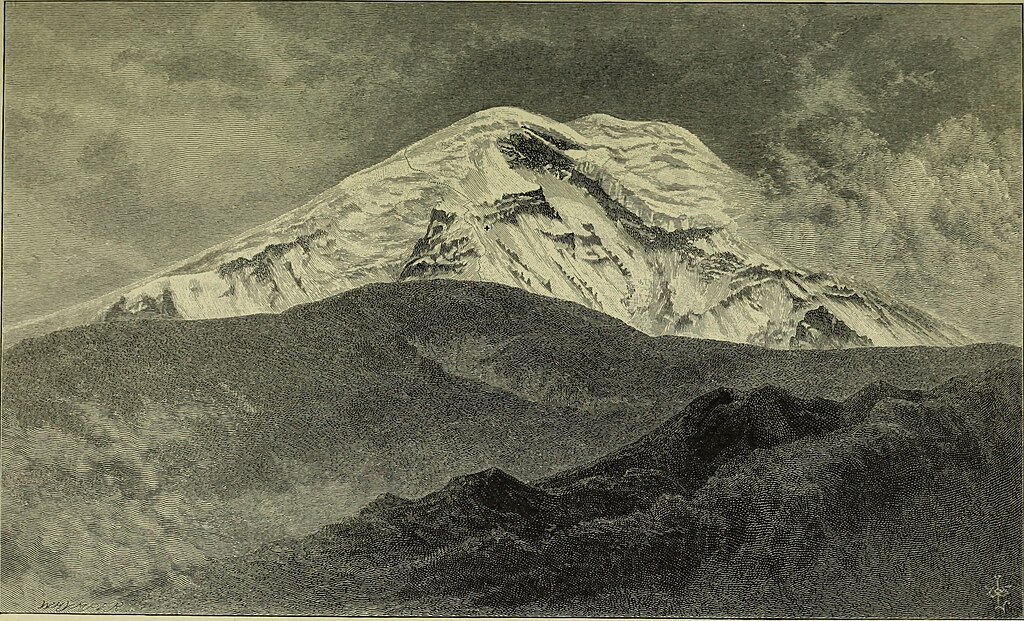
For more than six months, he traversed the Andes mountain range, making one exploit and discovery after another. Spending 36 nights at altitudes of over 4,000 metres, he bivouacked in February at summit on Cotopaxi, the world's highest active volcano. Then, in just a few weeks, from February 23 to June 29 1880, he made his first ascents of eight other Andean giants: Sincholagua, Antisana, Guagua Pichincha, Cayambe, Sara-Urcu, Cotacachi, Illiniza and Carihuairazo. At over 5,000 metres above sea level, it stands triumphant among Ecuador's most prominent mountains.
In addition to their sporting prowess, they also carry out scientific research. Perched at the top of the world, Edward Whymper and his team collect data. Carrying with them kilos of rock and ash, they carried out geological, glaciological and volcanic surveys to advance science. Hailed by the Royal Geographical Society on his return to England, Edward Whymper published an account of his Andean expedition in 1892. His book, Travels amongst the Great Andes of the Equator, became a reference work, enlightening scientists and mountaineers alike on the constraints of life at very high altitude in a region then unknown to the Western world.
The mountaineer then turned to other horizons. Between 1901 and 1905, he made the first Canadian ascents of summits in the Rocky Mountains. But when the love of the Alps runs through your veins, your heart beats forever to the rhythm of its peaks. In the twilight of his life, Edward Whymper hears the call of the mountains beyond the Arctic ice and Andean plateaus. The story ends where it began, in the heart of Mont Blanc, under the gaze of the Alps. Every summer, he stays at Chamonix, in a room at the Hotel Couttet. There, he prepared the publication of his last works: Guide to Chamonix and the Range of Mont Blanc appeared in 1896, and The Valley of Zermatt and the Matterhorn the following year. Then, with a last breath, he passed away on September 19, 1911. At the age of 71, Edward Whymper forever joined the stars he had loved so much. And if you ever feel like paying your respects, he is buried in the English cemetery at Chamonix.
Eternal conqueror of the Matterhorn, Edward Whymper's exploits marked the final hours of the golden age of mountaineering. Lighting up the Alps with an impetuous flame, he paved the way for other adventures. On the threshold of the twentieth century, summits was unveiled to the world, and men flocked to it. Travelling the flanks of these fabulous mountains, at the very edge of the glacier and facing the fervour of the winds. If they happen to lend an ear, the echo of his voice resounds from now on: "Never act in haste, take care with every step. And from the start, think that this could be the end." For the mountain demands the best of us at every moment.
